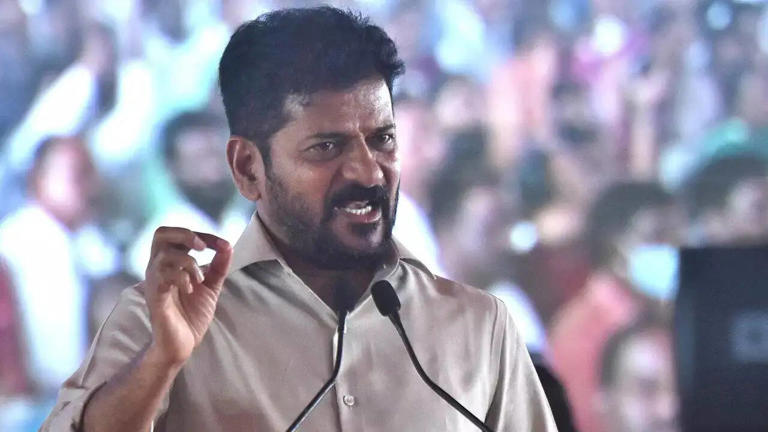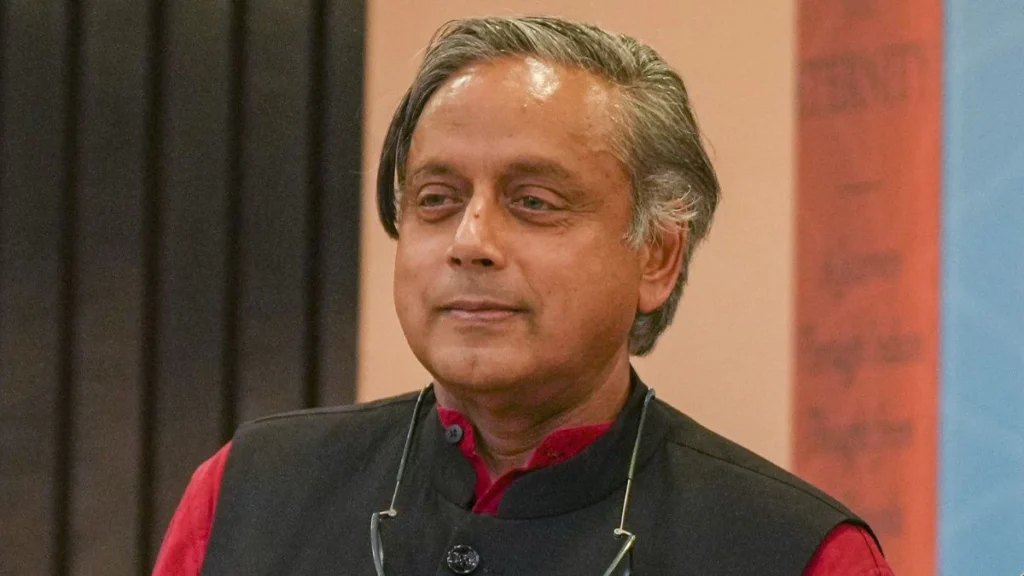Telangana CM Revanth Reddy challenges PM Modi to clarify alleged Rafale losses
In the aftermath of the May 2025 India-Pakistan conflict, a fresh political controversy has erupted at home. Telangana Chief Minister Revanth Reddy has publicly asked Prime Minister Narendra Modi to break his silence over the alleged downing of Rafale fighter jets by Pakistan. This demand adds fuel to the swirling narratives around the air combat losses during the hostilities, which Pakistan claims included several Indian jets—including the high-profile Rafale.
Pakistan’s claims of shooting down multiple Indian aircraft, especially the French-origin Rafales, have not been verified by independent or official Indian sources. The debate now straddles both international scrutiny and internal political pressure, placing India’s strategic transparency and defense credibility under the microscope.
Pakistan’s Claims and India’s Silence
Pakistan’s top leadership, including Prime Minister Shehbaz Sharif and defense spokespersons, assert that the Pakistan Air Force (PAF) shot down up to six Indian fighter jets, specifically three to four Rafale jets. They claim these were intercepted by J-10C aircraft equipped with Chinese PL-15E missiles during retaliatory aerial skirmishes after India launched Operation Sindoor—a precision strike in response to the Pahalgam terror attack.
These assertions have been echoed by state-controlled Pakistani media outlets and military press briefings. Social media was flooded with purported images of wreckage and debris, none of which have withstood verification. Defense analysts have questioned the authenticity of such claims due to the absence of concrete evidence—no radar data, no black box footage, and no confirmed crash site linked to a Rafale.
India, for its part, has not confirmed any Rafale losses. While certain Indian military sources have acknowledged three aircraft crashes, they haven’t disclosed the make or cause. The Indian Air Force has remained tight-lipped, neither validating nor denying specific losses, citing operational security and the ongoing investigation into the combat exchanges.
Political Heat and Global Scrutiny
Revanth Reddy’s intervention marks a rare occasion where a domestic political figure has directly questioned the Modi government’s handling of defense disclosures. In a strongly worded statement, Reddy said, “The country deserves to know if our Rafales were indeed shot down. Silence only fuels Pakistan’s propaganda.”
First Rahul Gandhi, now Revanth Reddy both reading from Pakistan’s PR script?
— N Ramchander Rao (@N_RamchanderRao) May 30, 2025
Telangana CM’s latest “How many Rafale jets did Pakistan bring down?” shows how clueless some leaders are on national security.
If Pakistan had downed even one Rafale, the world would’ve seen… pic.twitter.com/Jp59QlSq5f
This comment places the Modi administration in a delicate position: defend operational secrecy or counter Pakistan’s narrative with transparency. The Rafale fighter jet, a cornerstone of India’s air superiority strategy, has immense symbolic and strategic value. Admitting losses—especially to Chinese-origin systems—would carry significant political, military, and diplomatic ramifications.
Internationally, France has sought clarification from India. A spokesperson from the French Ministry of Armed Forces stated that if true, this would be the first time Rafales were lost in combat. However, France also noted the absence of irrefutable evidence and emphasized the importance of verified intelligence before drawing conclusions. Defense experts globally, including from the U.S. and UK, have similarly voiced skepticism. Many believe Pakistan’s claims are part of an information warfare tactic—aimed at undercutting India’s morale and sowing doubts among its public and allies.
With no independent verification of Pakistan’s shootdown claims and India maintaining a non-committal stance, the truth about the alleged Rafale losses remains obscured. Revanth Reddy’s challenge to Prime Minister Modi underscores the growing demand for transparency in high-stakes national security matters. Until the Indian government issues a formal statement or international bodies confirm otherwise, Pakistan’s claims remain speculative. The episode reflects the broader dynamics of modern hybrid warfare, where misinformation and political narratives are as critical as missiles and dogfights.





















